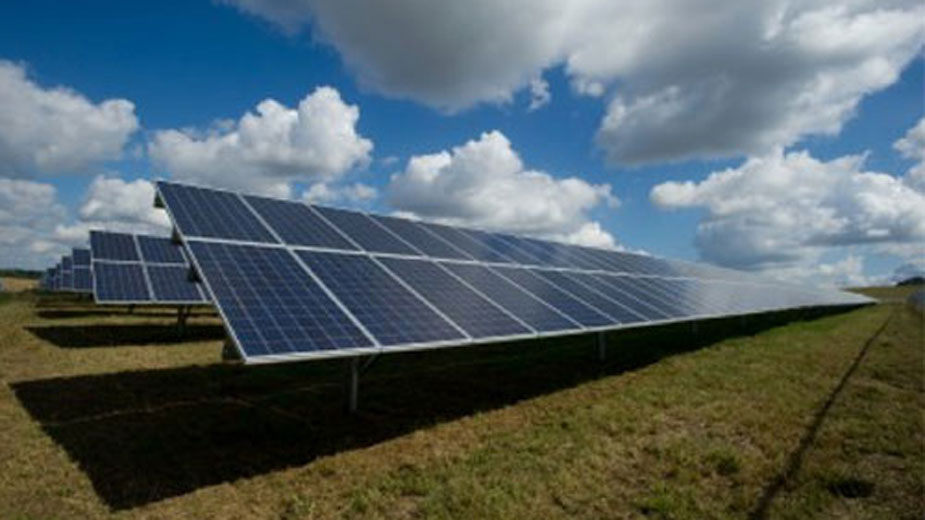Solar Energy Leases: Points to Consider
Solar energy firms are approaching landowners in Pennsylvania and Ohio to lease land for solar installations.
American Electric Power, for instance, recently committed to the Public Utilities Commission of Ohio 400 megawatts of solar power.
But while the southwestern United States enjoys considerably more direct normal irradiance, the eastern United States features market forces that are certainly relevant to the sunshine energy industry.
These include a well-developed electrical grid, proximity to huge markets and comparatively higher energy costs.
And with the cost of solar panels decreasing, companies like American Electric Power are beginning to invest.
By necessity, Ohio landowners must become more knowledgeable about protecting themselves in transactions with large oil and gas leasing companies.
Landowners will soon be facing a similar but largely unfamiliar salesman: the solar landman. Here are questions a landowner should consider before entering into a complex, long-term solar agreement.
How is the land owned?
Each landowner must agree to sign. Where someone holds a life estate, the person(s) holding the survivor’s interest may have to agree, too.
Are there any existing burdens to the property?
Old easements, mining or oil and gas leases may hinder development. Having said that, in some areas oil and gas rights are much more valuable than solar rights. How can the two interests be balanced to the landowner’s benefit?
Is the land mortgaged?
A bank will be asked to subordinate its mortgage to the entity providing financing for the energy project. The landowner should not bear primary responsibility in obtaining the subordination.
Is existing zoning an impediment? How long will my land be tied up?
Solar agreements are often for 20 to 30 years.
Can I still farm?
It depends upon the type of installation. For every 2 1/2 acres of panels, about 1 1/2 acres of additional land is needed for above and below-ground electric collection, A/C converters, sub-stations and other equipment. If panels are high enough, “low” animals, such as sheep or goats may be possible and, in fact, may be desirable to keep vegetation down.
How will solar operations affect remaining farm activities?
Farmers who lease less than all of their land need to ask:
- How will field tile and drainage be affected?
- What water rights are given up?
- What rights to enter can I retain? Can new roads be shared?
- What input can I have regarding siting?
- How is land to be maintained?
- What about decommissioning and reclamation? Can I have this obligation bonded?
- Who is responsible for insurance?
- Do I have to give a nonobstruction easement on my adjoining land?
- What other temporary (construction) or permanent easements are involved?
- Who pays for increased real estate or personal property taxes caused by the installation?
- Will my CAUV (current agriculture use valutation) be affected?
The energy company should hold the landowner harmless for harm to third parties caused by it. If a neighbor sues because of reflectance, this must fall on the energy company.
Compensation?
A solar company needs a period of time to run tests (is it really sunny enough here?) and arrange financing. Thus, the landowner should expect to be paid a smaller initial rent. This option period should be kept short. Upon installation there are different possible compensation arrangements:
- The landowner can receive a percentage of power sales, or
- A greatly increased annual per acre payment can be made.
If the royalty is a percentage of the “net,” beware of tricky company accounting.
A large landowner will want to ask for a continuous development clause so that the energy company cannot tie up most of the acreage indefinitely by placing only a small portion in development.
Unused land can come back to the farmer. Solar income beats farm income. The USDA says Ohio farm rents average $160 an acre. Built-out solar farms pay upwards of $600 an acre. There are, however, many potential costs and complexities to entering into a solar lease.
I would be happy to discuss those with you.
Copyright 2024 The Business Journal, Youngstown, Ohio.



